
The housing stock of the Region is 380,104 with 1.6 households per house; and 7.3 persons per house. The average household size is 4.4. Of the 594, 292 dwelling units in the Region, the compound house (44.4%) is the most common followed by separate house (35.4%). This pattern is replicated in all Districts; however, in urban areas the compound house is the most common type of dwelling unit in all Districts. The majority (56.6%) of dwelling units are owned by a household member; while 22.3 percent are owned by private individuals. The 200
former type of ownership is more common in rural (38.5%) than in urban (18.1%) areas while the latter is more common in urban (15.9%) than in rural (6.3%) areas. Almost half of all dwelling units are owner occupied with the rate reaching close to 70 percent in SefwiAkontombra. Owner occupier rates are lower in urban than in rural areas.
Nearly half (48%) of all households in the region occupy one room. With an average household size of 4.4 persons in the region this suggests that about four persons per room in about half of all households. More than 58.0 percent of households have one sleeping room. This is indicative of overcrowding.
Cement/concrete blocks (50.1%) and mud bricks/earth (40.6%) are the most popular materials for construction of outer walls of dwelling units. Cement floors (80%) are also the most common in all districts. Metal sheets (63.2%) are the main materials for roof. Electricity (65.0%), torch (20.7%) and kerosene (12.2%) together provide 97.9 percent of the lighting needs of the country. Wood, charcoal and gas provided 93.1 percent of the cooking fuel for the region. For every 100 dwelling units in urban areas the numbers using these fuels are 16, 28 and 48 respectively. The figures for rural areas are 75, 4.5 and 15 respectively. Separate room for exclusive use of household (46.6%), veranda (20.8%) and open space in compound (10.8%) are the leading cooking spaces reported in the region. Rural areas reported higher proportions with separate room for exclusive use of household than urban areas.
Pipe-borne water is the main source of drinking water for nearly half (46.4%) of all households in the region. The pipe-borne water is either outside the dwelling (19.6%), from a public tap/stand pipe (16.3%) or inside the dwelling (10.5%). Other important sources are borehole/pump/tube well (18.2%), river/stream (16.3%) and protected well (7.0%). There are wide variations in sources of drinking water by districts. The major sources of water for other domestic use are the same as for drinking water but with varying proportions.
Shared separate bathroom in the same house (33.3%) and own bathroom for exclusive use (31.1%) are the main types. In rural areas, own bathroom for exclusive use is more common.
Public toilet (37.4%) and pit latrine (30.1%), WC (13.4%) and bush/beach/field (11.9%) are the main toilet facilities used in the Region. Public toilet is the most common in urban areas while pit latrine is the most common in rural areas. Over 80 percent of households dump their solid waste in an open space, container or indiscriminately. Rubbish is collected in only 8.2 percent of households. The rest are either burned or buried. Most households (84.0%) throw their liquid waste onto the compound, street or into a gutter. Only 11.0 percent of households dispose of liquid waste through the drainage system into a gutter.
Date Created : 12/15/2017 4:45:57 AM


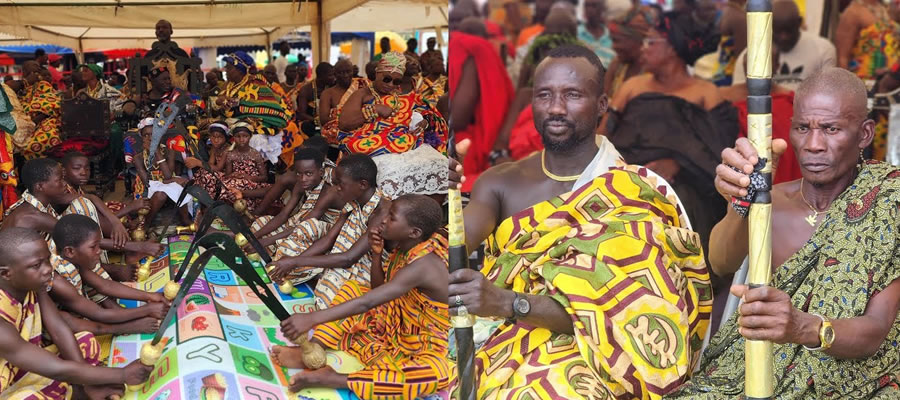
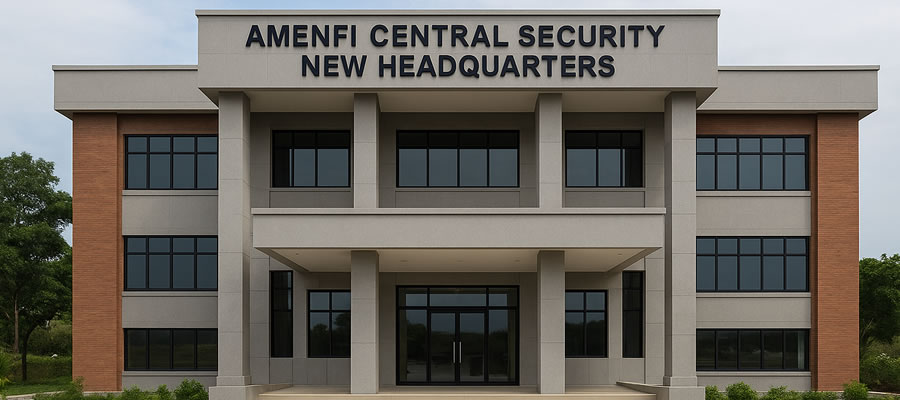
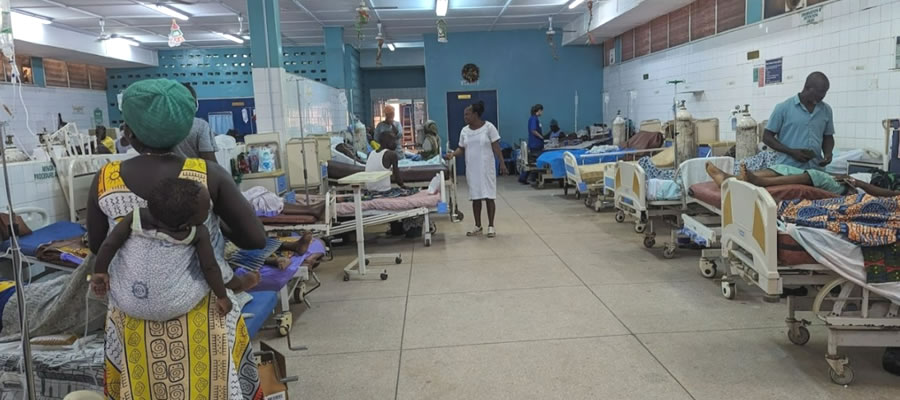
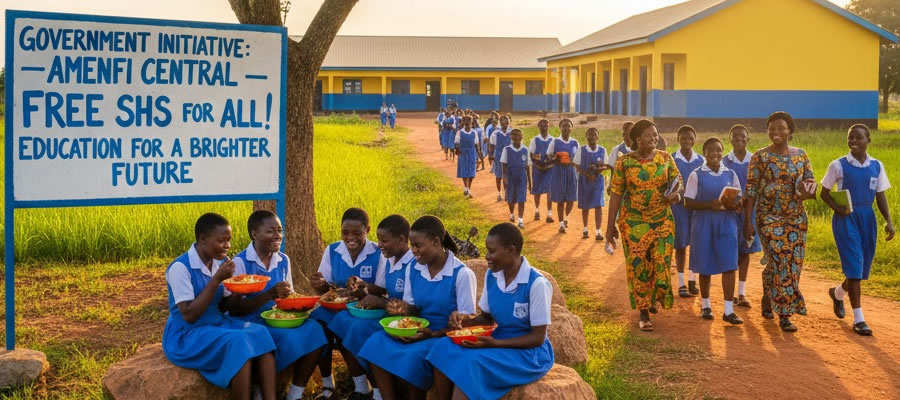



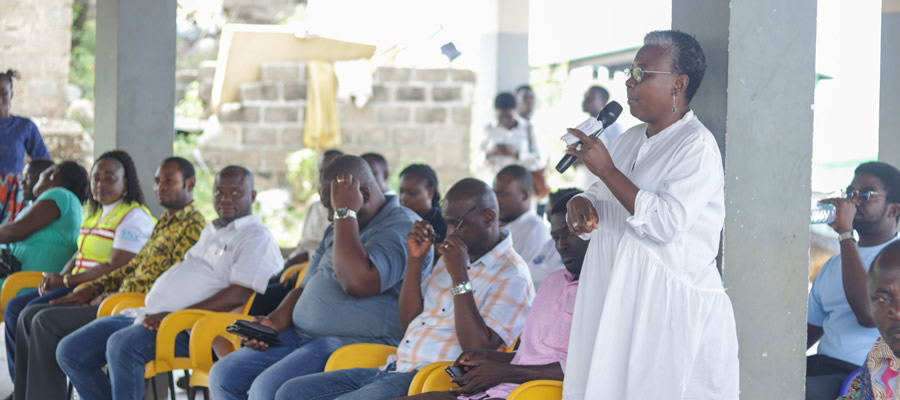


 facebook
facebook
 twitter
twitter
 Youtube
Youtube
 +233 593 831 280
+233 593 831 280 0800 430 430
0800 430 430 GPS: GE-231-4383
GPS: GE-231-4383 info@ghanadistricts.com
info@ghanadistricts.com Box GP1044, Accra, Ghana
Box GP1044, Accra, Ghana